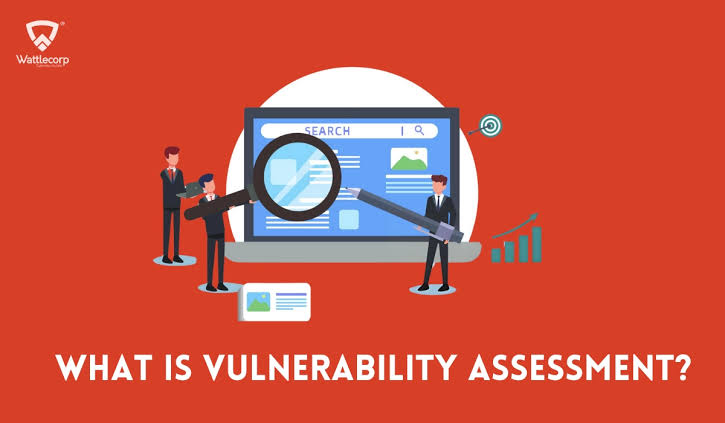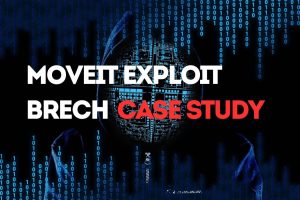In recent months, cybersecurity professionals have observed a concerning trend: the LUCR-3 attack. This sophisticated campaign is executed by a group known as Scattered Spider, which has gained notoriety for its targeted efforts against large corporations, specifically those listed among the Fortune 2000.
1. Key Characteristics of LUCR-3 Attacks
1. Credential Compromise
At the heart of the LUCR-3 attack is the compromise of user credentials. Attackers exploit weaknesses in identity security to infiltrate organizations. By leveraging stolen credentials, they gain access to sensitive systems and information. One of the striking aspects of these attacks is the manipulation of Multi-Factor Authentication (MFA), where attackers utilize methods such as SIM swapping and phishing to bypass security measures designed to protect accounts.
2. Lateral Movement within Networks
Once inside a network, the attackers do not stop at simply accessing accounts. They often engage in lateral movement, gathering intelligence on the organization through various applications, including popular cloud services like SharePoint and OneDrive. This allows them to build a comprehensive picture of the company’s structure, facilitating further attacks.
3. Persistence and Long-term Access
The LUCR-3 group has developed various techniques to ensure long-term access to compromised networks. They may modify authentication processes or disable logging features within cloud environments, such as AWS GuardDuty, which is crucial for detecting unusual activities. This level of sophistication suggests that the attackers are not just looking for quick hits but are instead aiming for a prolonged presence within the target environment.
2. Indicators of Compromise (IoCs)
Organizations must remain vigilant for specific signs of a LUCR-3 attack. Some key indicators include:
- Unauthorized creation of AWS users.
- Changes in MFA configurations.
- Disabling of critical logging services, which can mask malicious activities.
3. Mitigation Strategies
To combat the LUCR-3 threat, organizations should adopt robust security practices. Key strategies include:
- Regularly Reviewing MFA Settings: Ensuring that MFA settings are up-to-date and effective can significantly reduce the risk of credential compromise.
- Employee Education: Training staff to recognize phishing attempts and understand social engineering tactics is critical in creating a security-conscious workforce.
- Implementing Advanced Threat Detection: Utilizing security solutions that monitor for abnormal account activities can help organizations detect potential breaches before they escalate.
4. Conclusion
The LUCR-3 attack highlights a growing cybersecurity challenge, especially for large organizations. As attackers become more adept at exploiting identity security weaknesses, it is imperative for companies to enhance their defenses. By understanding the methods used in these attacks and implementing proactive security measures, organizations can better protect themselves from becoming victims of the LUCR-3 threat.









